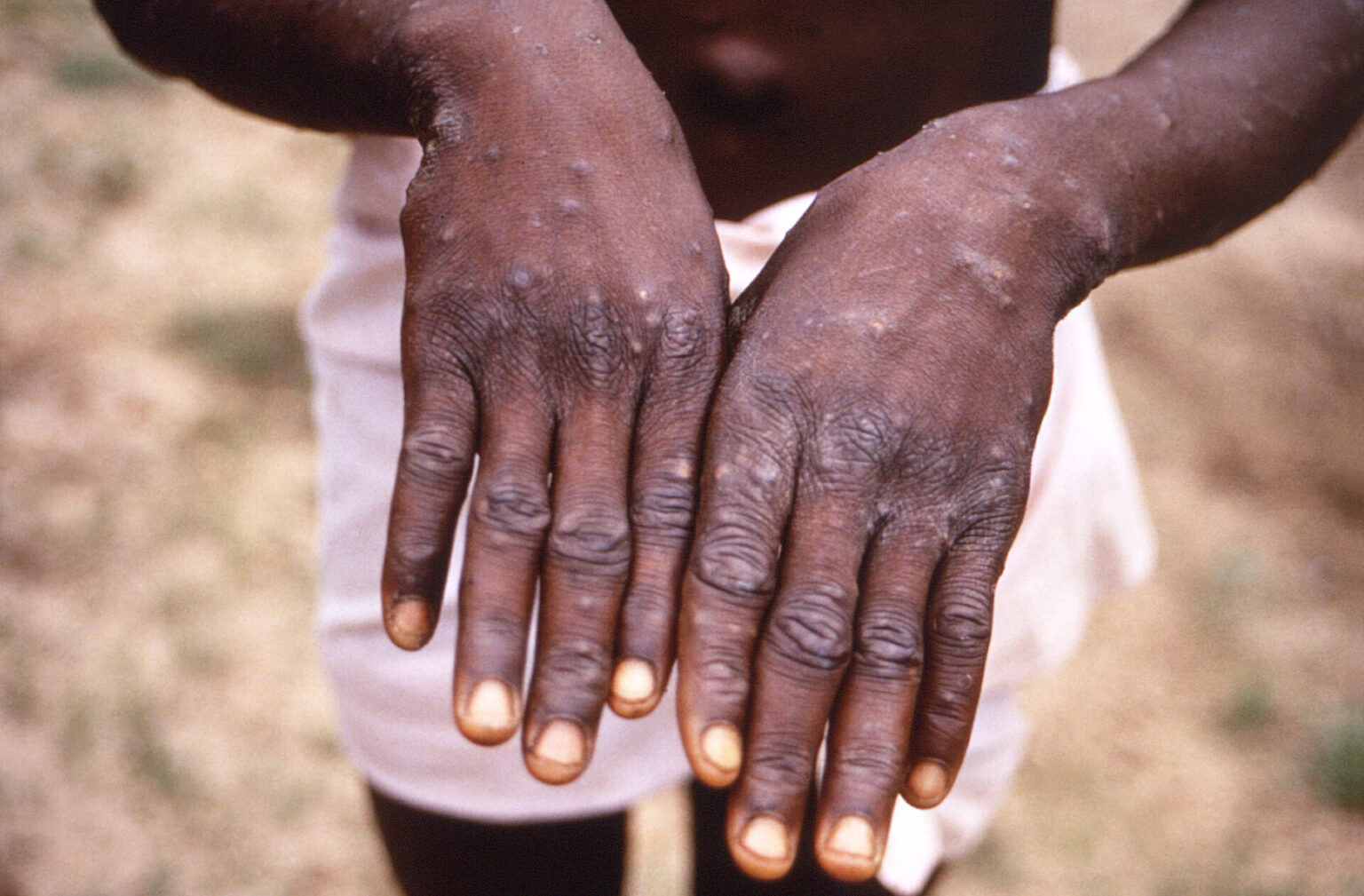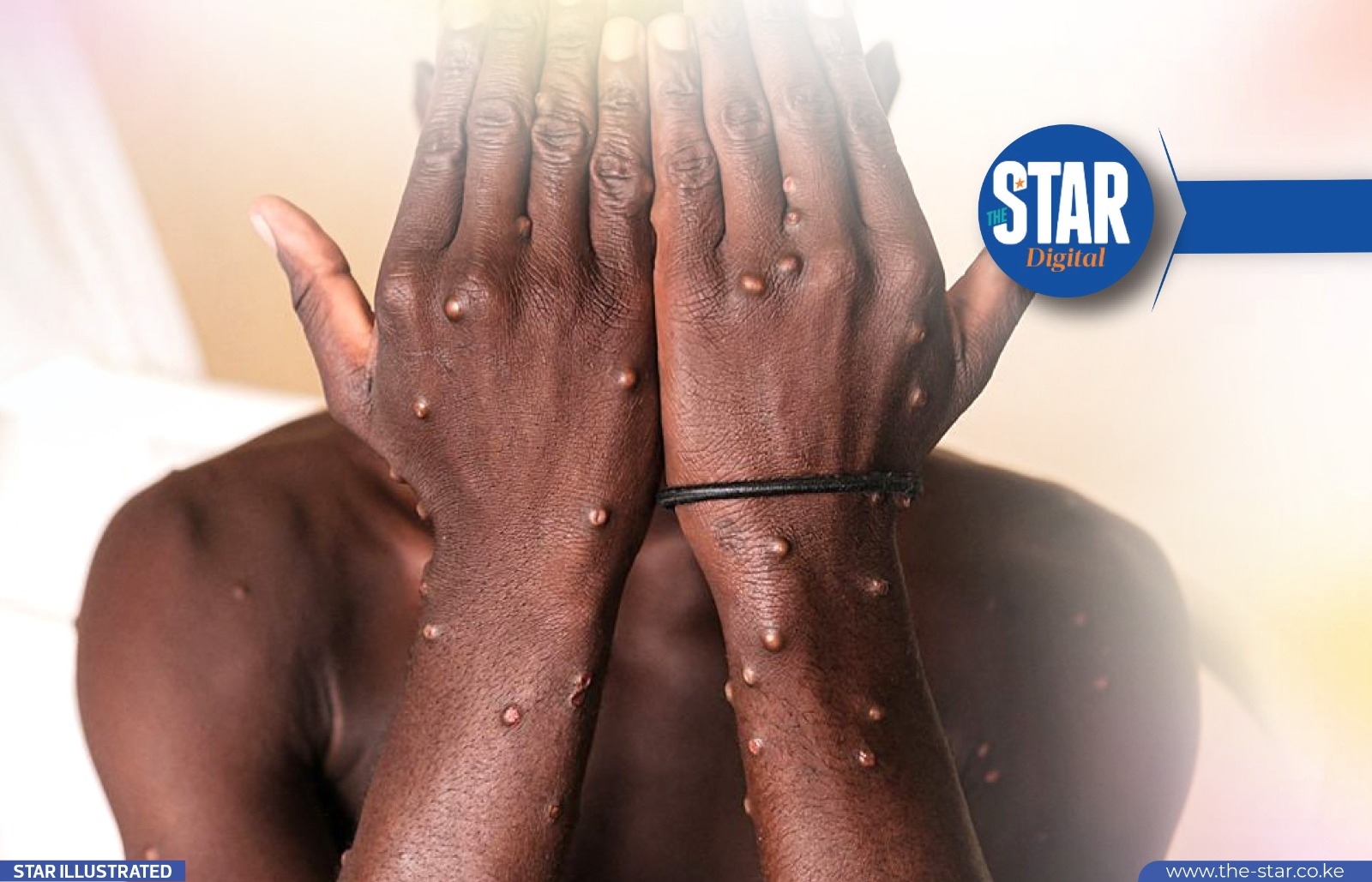
Mpox, formerly known as monkeypox, viral infection that spreads through close contact, and typically causes flu-like symptoms and pus-filled lesions
Initially reported in DR Congo, the disease has spread to countries including Kenya, with 17 cases confirmed, according to Health Cabinet Secretary Deborah Barasa.
Cases have also been reported in Burundi, Rwanda, Uganda, and countries like Sweden, India, Germany, the US, and the UK, linked to travellers from affected regions.
What is Mpox?
Mpox is caused by the monkeypox virus and spreads primarily through close contact, and occasionally via the environment.
If the virus is present in wild animals, humans can contract it through direct contact with infected animals.
Symptoms of Mpox
The World Health Organization (WHO) reports that symptoms of Mpox can vary, with some individuals experiencing mild illness, while others may require medical care.
Common symptoms include a rash lasting two to four weeks, often accompanied by fever, headaches, muscle aches, back pain, fatigue, and swollen lymph nodes.
The rash may appear as blisters or sores on the face, palms, soles, groin, genital, or anal areas, and sometimes in the mouth, throat, eyes, or other regions.
The number of lesions can range from one to several thousand.
In most cases, symptoms resolve on their own with supportive care. However, severe cases can lead to complications or even death.
How Mpox Mutates
Mutation refers to changes in an organism's genetic material.
The monkeypox virus has mutated over time, with clade I being a primary strain spread by animal contact in Congo.
According to the CDC and WHO, the virus infects a host and replicates within its cells, initially at the infection sites, then spreads to the lymph nodes.
This causes lymphadenopathy, and swelling in areas like the neck, groin, or armpits—an identifying feature of Mpox.
The virus enters the bloodstream (viremia), spreading further to organs like the tonsils, spleen, liver, and colon.
From there, it amplifies, leading to another wave of viremia affecting major organs like the lungs, kidneys, and skin.
Physical symptoms such as fever, chills, headaches, and respiratory issues may appear.
The rash progresses from flat, red spots (macules) to lesions, which eventually dry, crust over, and form scabs. After a week, the scabs fall off, leaving scars.
A mutation known as APOBEC3, discovered in clade Ib infections, was identified in human cases starting in September 2023.
Dr. Miguel Paredes, studying Mpox evolution, noted that while the virus typically mutates slowly, the APOBEC-driven mutation may speed up this process, making it more adaptable to humans.
Prevention and Care
Mpox outbreaks can be controlled through changes in behaviour, such as isolating symptomatic patients.
Basic hygiene practices like frequent handwashing, along with contact tracing and vaccination, are crucial in preventing the virus’s spread.
Although vaccines were unavailable in Africa until October 2023, they were used globally during the 2022 outbreak, and Congo began vaccinations in November 2023.














